It was the weirdest commute I’ve ever had. In September, I drove almost 380 kilometres from Vancouver, B.C., southeast to Wenatchee, Wash., to fly back over the border to see a B.C. mine from the air.
In a small six-seater plane, I sat alongside the chairman of the Confederated Tribes of the Colville Reservation, American environmentalists and American journalists to get a bird’s-eye view of the Copper Mountain mine and its tailings dams.
“Everything becomes more clear when you can see it from above,” Mitch Friedman, executive director of Conservation Northwest, said in a Zoom call ahead of the flight.
He hadn’t flown the route before but knows the valley well. “I love that valley,” Friedman said as he listed the sights he’s seen from the ground; the wild rivers of the Tulameen and Ashnola and curated orchards and vineyards. “To be able to visualize the relationship with those mine tailings to those precious people and places I think it’s gonna make an impression.”
Located approximately 20 kilometres south of Princeton, B.C., the mine currently produces approximately 45 thousand tonnes of copper equivalent each year.
It’s the first time the National Wildlife Federation, one of the oldest wildlife conservation groups in the U.S., has organized flights over Canadian mines. This summer it planned fly-overs for the Copper Mountain mine and Teck Resources’ mines in the Elk Valley in southeastern B.C. due to concerns about the transboundary impacts of these mines.
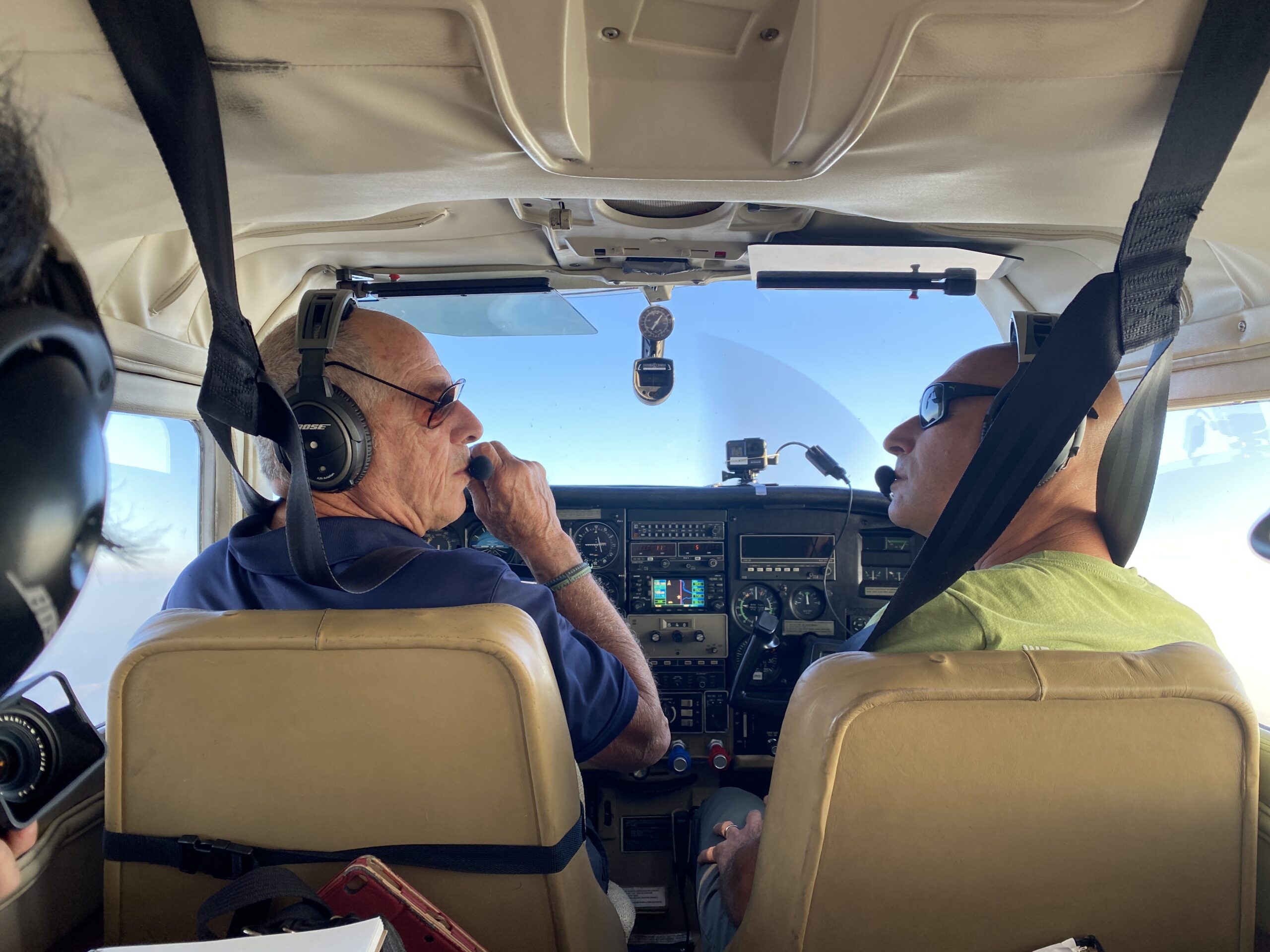
B.C. mines are connected to waterways into Alaska, Washington, Idaho and Montana. For years, mining reform advocates have been calling on the provincial government for stricter mine permitting policies like including an evaluation of possible downstream impacts and requiring consent from Indigenous communities on both sides of the border. Mining reform advocates and researchers have also been calling on the Canadian government to allow an international body to investigate transboundary water issues and the impacts of cross-border coal mine pollution in the Elk Valley and the Kootenai watershed — that hasn’t happened.
Copper Mountain sits next to the Similkameen River, which flows south over the B.C.-Washington border into the Okanagan River and eventually into the Columbia River. One of the two tailings dams is approximately 160 metres high, making it four times taller than the tailings dam that failed at the Mount Polley mine in 2014, resulting in one of the worst mining disasters in B.C. history.
“When you can see this massive mine and the massive amount of wet mining waste stored precariously, so close to Princeton, you can’t help but be concerned about the safety of the people,” Friedman said. Copper Mountain mine is a “silent hazard,” he added.
He hopes this flight, along with Conservation Northwest’s ongoing campaigns, will raise the awareness of nearby communities and policymakers about mining in B.C. and its impact to downstream communities and salmon populations.
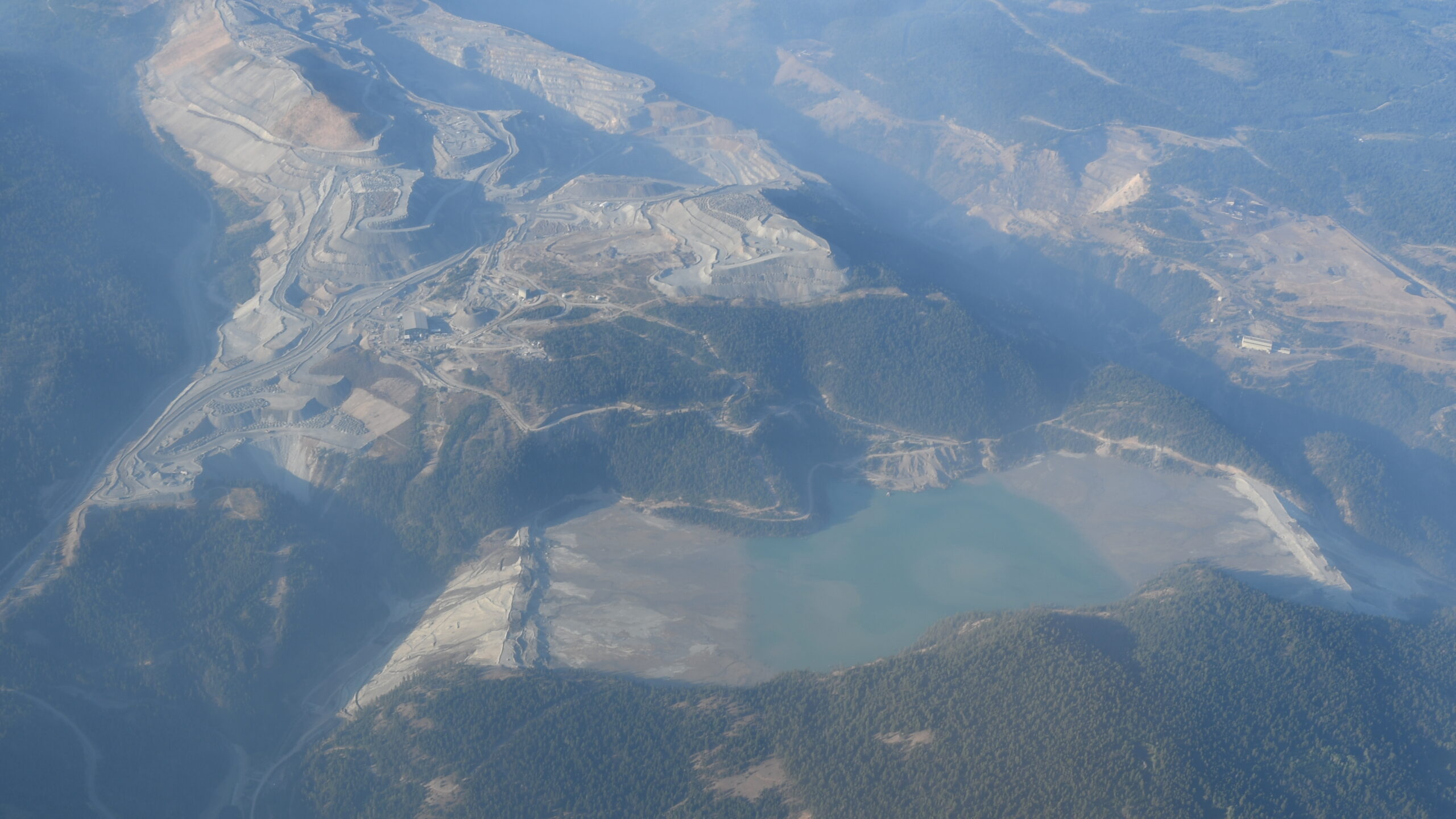
From above, the tailings that pool between two slopes look like a shallow mountain lake with turquoise water and sandy beaches. As we circle around the site and get a little lower, we see the sloping retaining walls that make up parts of the surrounding structure. The tailings are crushed mining waste rock watered down and stored in above-ground facilities that are held in between the east and west dams.
Copper Mountain Mining Corporation is exploring increasing the tailings dam allowable height from 192 metres to 255 metres, which would make it taller than Seattle’s Space Needle. The Ministry of Mines says it has not received an application from Copper Mountain to make changes to their current tailings storage facility.
This is the first time Jarred-Michael Erickson, chairman for the Confederated Tribes of the Colville Reservation, is seeing the mine site from above. As we pass over wilderness and salmon watersheds, Erickson said he feels anxious and stressed about the potential loss of lives and cultural space if there was a mining disaster in the area.
But should local residents be concerned about a mining waste disaster? That depends on who you ask. According to one report, commissioned by the Confederated Tribes of the Colville Reservation and Conservation Northwest, the annual probability of a failure of the site’s tailings dams could be as high as one in 100. That means there is a one per cent chance the dam could fail within the year. “According to most U.S. and Canadian guidelines, the maximum annual probability of failure should be one in 100,000,” the report reads.
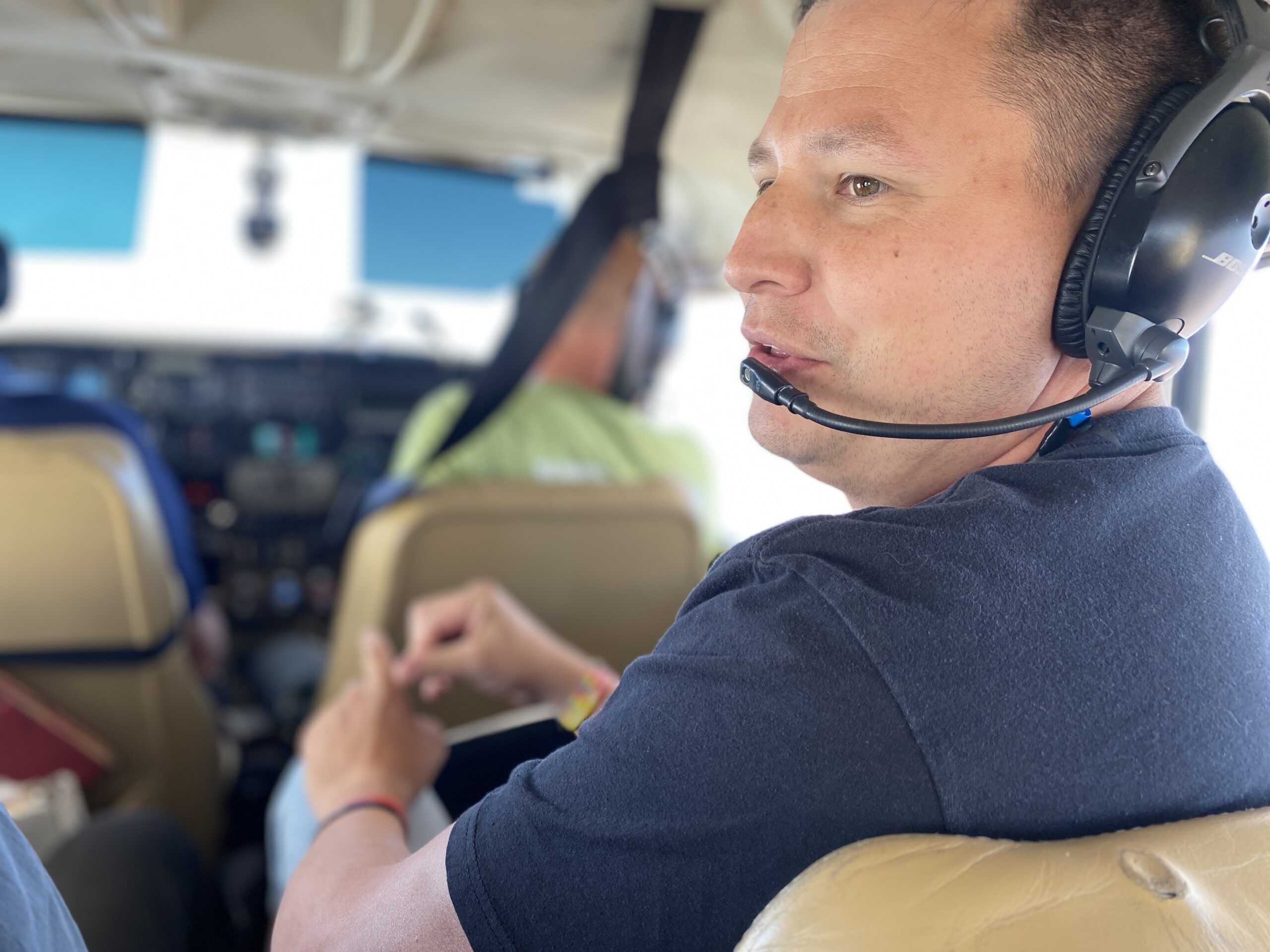
A one in 100 annual probability of failure makes living near these dams riskier than being injured or killed from an accident while skiing, riding a motorcycle or coal mining.
Emerman is a consultant and hydrologist who gives technical support to communities concerned about the potential impact of development projects. He’s also one of the authors of Safety First: Guidelines for Responsible Mine Tailings Management and has testified about tailings dams at a number of international forums.
If there was a failure at the Copper Mountain mine tailings facility, the town of Princeton could be covered in about nine metres of wet rock sediment within 90 minutes, according to another report that modeled 62 different simulations. In what’s described as a mid-range scenario, with 40 per cent of the mining waste released, the sludge would continue into the Similkameen Valley, over the border and eventually find its way into the Columbia River.
In response to these reports, Copper Mountain Mining Corporation told The Narwhal that their designer of record, engineer of record and Independent Tailings Review Board reviewed Emerman’s annual probability of failure and called the analysis inaccurate. The company shared its own estimates for annual probability of failure as less than one in 1,000,000 to one in 10,000,000; a huge discrepancy from one in 100.
It’s possible that two different groups could come to two very different numbers, said Lindsay Steele, a geoscientist with Engineers and Geoscientists BC. “It’s very complicated,” and the latest research and best practices are constantly evolving, Steele said. Engineers and Geoscientists BC regulates and governs professionals in the province and sets industry standards.
“There can be inconsistencies with determinations because it’s an interpretation by engineers based on the data,” Steele said. She could not comment on the accuracy of either estimate but said she would want to confirm if both groups had access to the same information.
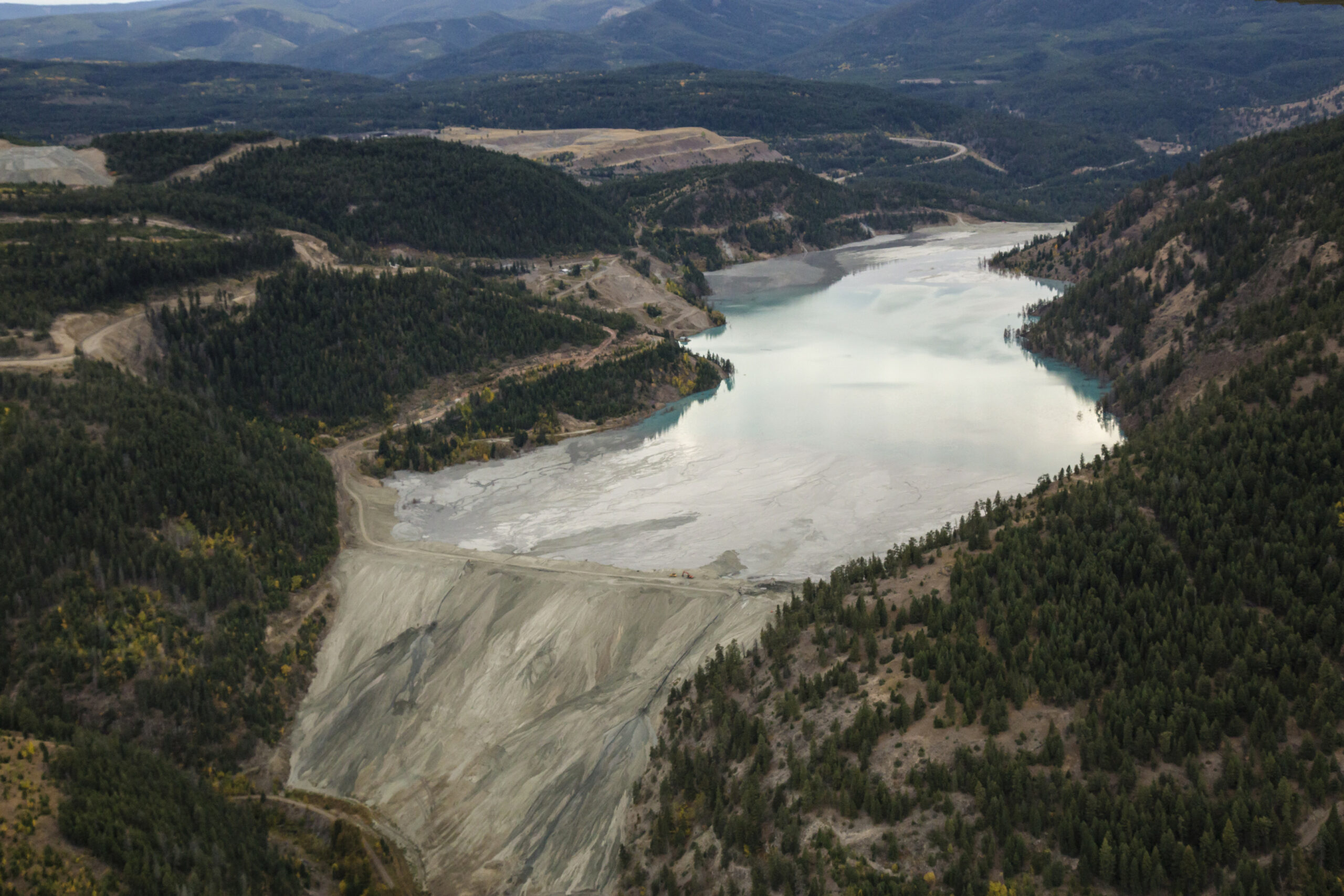
Emerman acknowledges that, ideally, there is a team of dam safety experts working on evaluations. “There’s a whole art and science about how to elicit opinions from those experts and avoid bias and so on,” Emerman said. “And those experts have full access to all information, full access to the operating team, full access to all documents, etcetera.”
But that ideal situation takes a lot of time and resources, Emerman said. “There’s a limited number of experts who have 40, 50 years of experience looking at dams — and there’s a lot of dams that need to be evaluated.”
For his report, Emerman used the Silva-Lambe-Marr method, which is a methodology that uses a checklist-guide to help calculate the annual probability of failure. “It might not be perfect,” Emerman said. “But it’s certainly a step in the right direction.”
Emerman said he used information available in the mine’s most recent dam safety review to calculate the one in 100 annual failure rate of probability. “I have no information of my own. I just went through that 2021 dam safety review with a checklist that was provided by Silva-Lambe-Marr,” Emerman said. “All of the damning information is in that dam safety review.”
Dam safety reviews are completed by a qualified professional engineer at least every five years and considered a “snapshot in time,” according to guidelines by the Professional Engineers and Geoscientists of B.C. The review finds any deficiencies and includes recommendations to correct any dangerous conditions and are submitted to the dam owner or mine manager. The company must submit the report to the ministry.
This review is “a very systematic examination and assessment of the dam,” Steele said. If there are any immediate hazards or safety risks that could be a threat to public safety or the environment, the engineer who wrote the review has a duty to elevate those concerns to the mine manager. If the company doesn’t do anything, then the engineer is expected to escalate those concerns to Engineers and Geoscientists BC or the Ministry of Mines, Steele said.
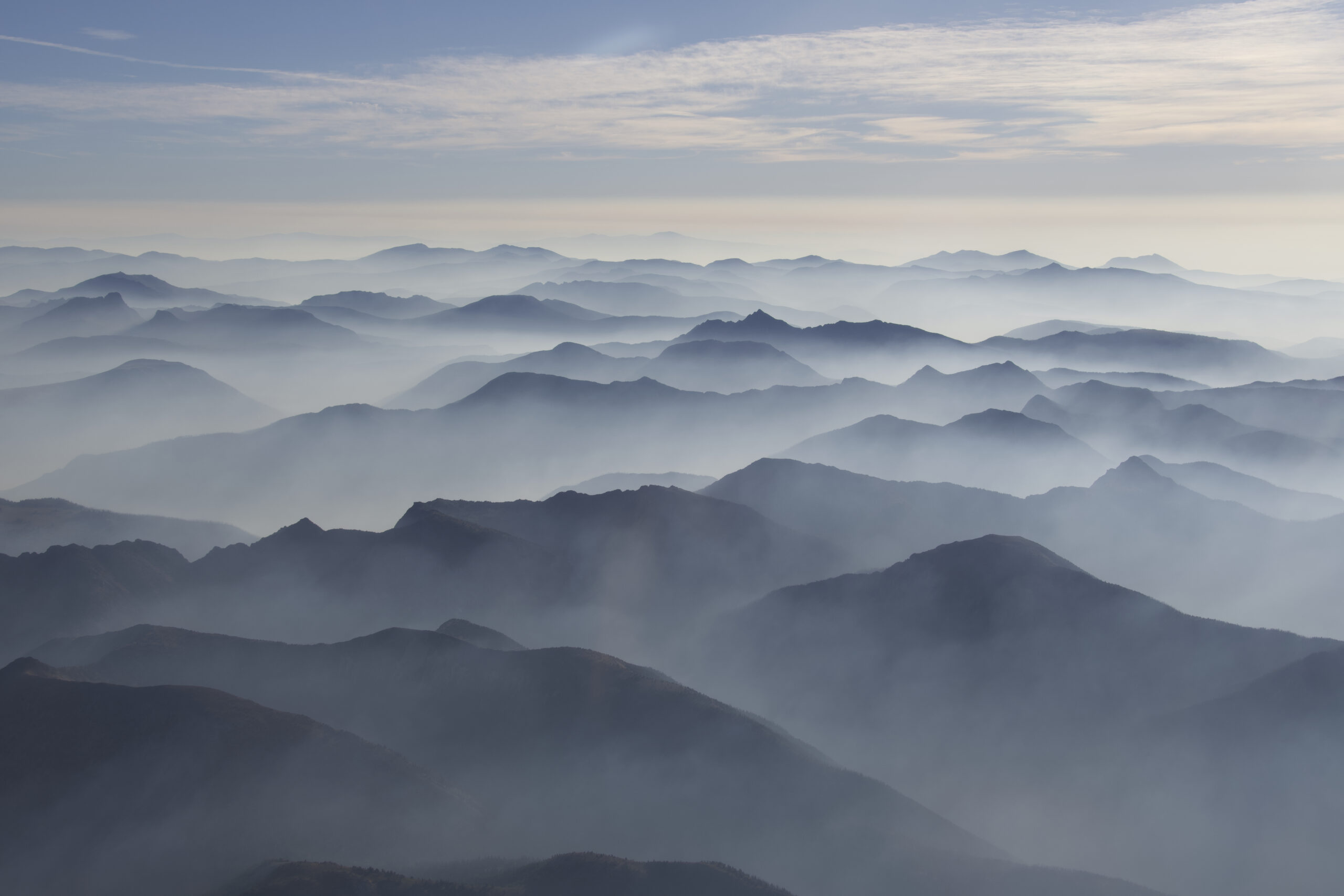
A redacted version of Copper Mountain’s 2021 dam safety review is now available on the Ministry of Mine’s website. In the public copy, the names of the Engineer of Record, the mine managers, and engineers who conducted the dam safety review have been removed. The report stated that “no major risks to dam safety were noted during the site visit.” It also included 10 recommendations including two related to equipment and flooding calculations. If not fixed, these issues could result in dam safety issues related to injury, environmental damage or “significant regulatory enforcement” or could reveal a “systemic breakdown of procedures.”
Copper Mountain’s interpretation of the latest 2021 dam safety review is that it “did not reveal any unsafe or unacceptable conditions in relation to the design, construction, maintenance and operation of the dams.”
There is also an Independent Tailings Review Board that meets with the engineer of record and site management semi-annually to review the design and performance of the tailings dam. Both the Ministry of Mines and Copper Mountain stated in an email that the latest review board confirmed there were “no tailings dam safety concerns.”
Friedman is calling on the B.C. government to spend its own resources to review and verify the reports looking at the probability of failure and simulations of what could happen if a dam breaches. If they “stand up to scrutiny … Copper Mountain needs to stop operating right now and figure out where to pump at least some of those tailings to take the pressure off those dams,” Friedman said.
The Ministry of Mines did not respond to questions about the two recent reports but said the tailings storage review sub-committee is reviewing another Emerman report that analyzed the risk of tailings dam failure across the province.
It’s important that monitoring and regulation of the site involves Tribes and First Nations, as well as American and Canadian government representatives, Erickson, of the Confederated Tribes of the Colville Reservation, said.
“We didn’t recognize the border,” Erickson said, and neither do the impacts of mining.
Our flight path takes us over part of Colville Tribes territory, which extends across eastern Washington and parts of B.C., Oregon and Idaho. Erickson, a biologist by trade, is part of Okanagan, Colville and Sinixt, all of which had their land arbitrarily divided by the border.
“Nature has no borders,” Friedman said as we passed by a line of felled trees that marked our passage between the U.S. and Canada. The border looked thin amid the vast landscape of oxbow lakes, meandering rivers, desert hills, fields of fruit and wineries. The skies throughout our journey were hazy with wildfire smoke.
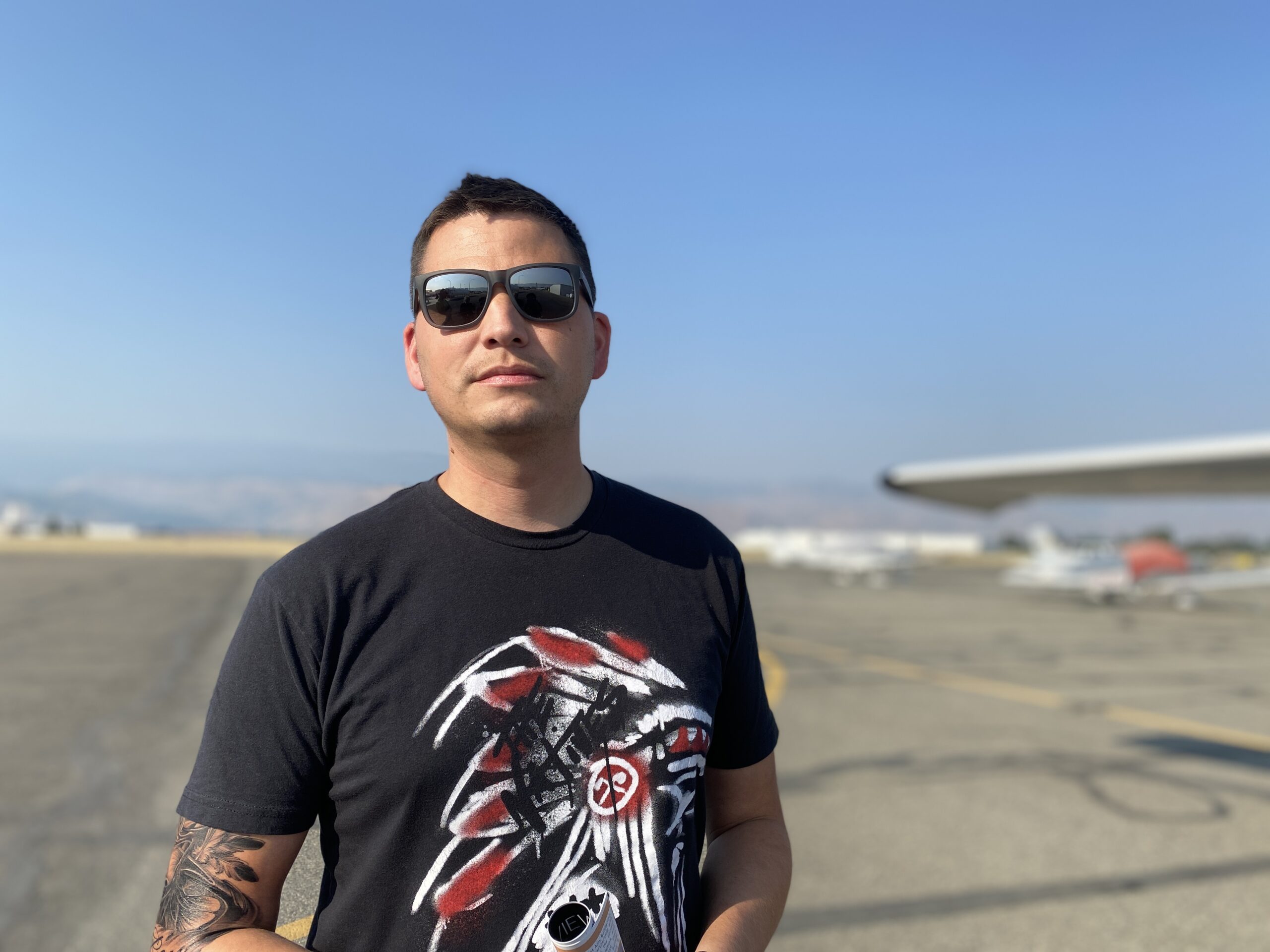
The interconnectedness of the region stood out to Seattle Times reporter and flight passenger Nick Turner. “I don’t think anything matters any less because it’s on the other side of a border. When we look at this whole ecosystem, it’s a network of rivers and dams, lakes, communities and mines,” he said.
When he takes passengers up to see different projects, EcoFlight founder and pilot Bruce Gordon hopes they notice the continuous landscapes and connected watersheds. Gordon has flown over 14,000 hours of “conservation missions” around the world. He believes that flying over is one of the only ways to get a real sense of scale and proximity of mines to other landmarks in the area. In some cases, an aerial view is the only opportunity for groups to get a look at different resource extraction projects.
EcoFlight, a non-profit, fundraises to provide flights for stakeholders interested in learning more about different landscapes, watersheds and conservation issues. Working with various partners, they invite advocates, journalists, scientists, Tribal members, policymakers and local residents onboard. Gordon said he’s had people change their minds about a project after seeing it from above.
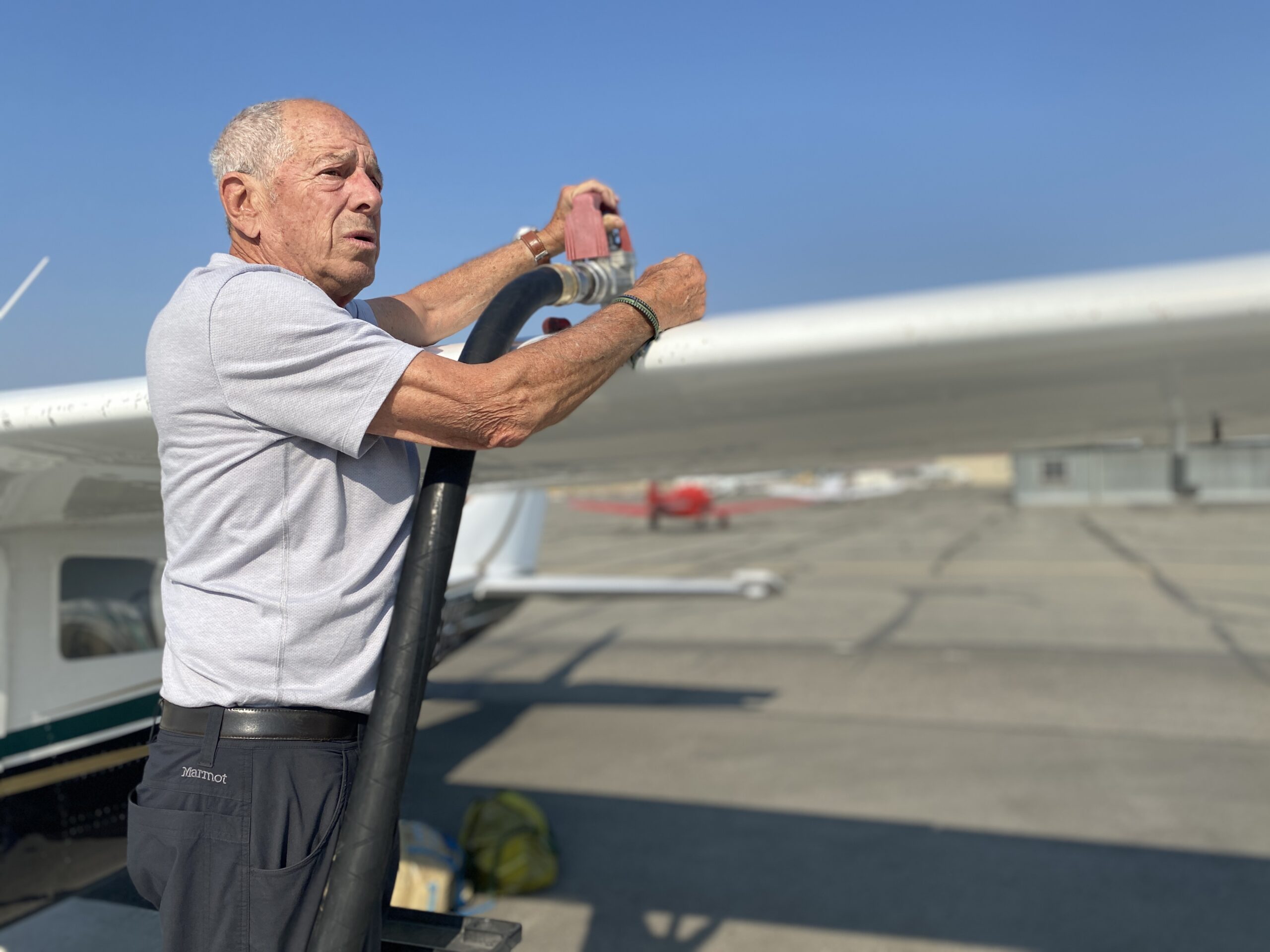
Back at Copper Mountain mine, the company recently announced plans to expand production in 2028 and estimates that over the mine’s 32 years it will produce approximately 1.9 million tonnes of copper equivalent (which includes copper, gold and silver).
Erickson and Friedman both said they see a need for copper and minerals. Erickson is asking how we can mine in a sustainable way that takes into account the impacts of all communities, including those downstream? He wants to see a better approach to mining as a whole, which includes monitoring and protections that take into account the people and ecosystems on both sides of the border.
Friedman believes these minerals have a role to play in addressing climate change. Because they are so valuable, we can afford to do it right, he said. “We should spend whatever it takes to get these minerals in the safest way,” Friedman said.